Growing Houseplants Improves Air And Mood
As an Amazon Associate and member of other affiliate programs, I earn from qualifying purchases.
When you’re stuck inside for long periods of time, a great way to boost your mood is by growing houseplants. Surrounding yourself with these peaceful living beings not only improves oxygen levels in your home but has proven benefits on anxiety and depression.
You Should Grow Houseplants
You might think that you have a black thumb, but I promise you growing houseplants isn’t hard. Further, there’s no shame in killing a houseplant. We’ve all done it.
In fact, the most common reason for killing houseplants is overwatering. That means most of us are paying too much attention to our houseplants.
This is good news for anyone who thinks they don’t have time to care for houseplants. The key is to choose the right plant and the right location.
Research the types of plants you want to grow, then choose one that is best suited to your home. And don’t let lack of light stop you, you can always supplement with artificial lighting.
Benefits of houseplants
In addition to their effects on anxiety and depression, their unassuming beauty is a natural complement to many decor styles, and through photosynthesis, they use up carbon dioxide and release oxygen improving the air quality in your home.
I love how plants add beautiful natural color to a room. Whether it’s the soft green fronds of a Boston fern or bright blooms of spring-flowering bulbs, I think plants fit in with any decor.
And let’s not forget about the power of aromatherapy. Grow some sweet smelling blooms like hyacinth or daffodils to remind you that there is plenty to be grateful for even amid times of uncertainty.
Favorite Easy To Grow Houseplants
Some plants are more suited to indoor growing. Plants that tolerate low light are ideal for indoor gardening, and you can grow houseplants even in spaces that don’t have a ton of windows.
Most of my indoor gardening experience is with edible plants like tomatoes and herbs. But recently, I’ve been growing more houseplants.
I just love being surrounded by greenery and life. So here are some of my favorite houseplants and some easy to grow recommendations I’ve got on my wishlist.
Spring flowering bulbs
Light: Bright indirect lighting
Moisture: Do not let soil dry out
Temperature: Cold hardy
If you even a slightly sunny spot, try growing tulips, daffodils, and hyacinth indoors. You can always plant the bulbs out in the garden later, but let them bloom one time indoors.
Colorful flowers are cheerful and a good choice if you don’t mind the pollen. If you get seasonal allergies, blooming plants might not be the best choice for you. I bought blooming bulbs at the garden center, but if you’re buying bare bulbs, here’s some helpful info to force blooming.
Ferns
Light: Indirect light – at least 2 hours daily
Moisture: Likes humidity, do not let dry out
Temperature: 50-70F
Ferns are excellent low light plants. They have beautiful intricate leaves that unfurl from the most beautiful spiraled fronds. Their fronds are delicate, and can’t tolerate hot direct sunlight.
Dappled and indirect light is ideal for ferns. While they are easy keepers, you can’t let your ferns dry out. They like to stay moist and can help with humidity in the air.
Pothos
Light: Moderate, indirect light
Moisture: Allow top 2 inches of soil to dry between waterings
Temperature: 55 – 85F
In my short experience growing Pothos, I can understand why it’s so popular among houseplant enthusiasts. The glossy, heart-shaped leaves gently cascade out of its container and down any surface it touches.
It thrives in indirect light and has grown quite quickly in my shady glass porch. You can easily overwater this plant and cause yellowing of leaves, too much light can also cause the leaves to turn colors.
Spider Plant
Light: Bright indirect lighting
Moisture: Use well-draining soil, do not overwater
Temperature: >50F
Next on my list to grow is the spider plant. I love how the variegated leaves can provide contrast to other monotone plants. But my favorite thing about this plant is how it grows little baby plants that hang down like spiders dropping out of their web.
It’s said to be one of the most adaptable and easy to grow plants, so I’ll for sure be picking one of these up ASAP.
Jade Plant
Light: At least 4 hours, tolerates direct sunlight
Moisture: Water when the top of soil is dry, do not overwater
Temperature: 50-75F
Another beautiful houseplant I’m looking to add to my collection is the Jade Plant. This lovely succulent is easy to grow as long as you don’t overwater it.
It grows slowly and is low maintenance. It has such an interesting growth habit, and, if you take good care of it it, will make the most lovely and delicate blooms.
String of Nickels & String of Pearls
Light: Moderate to bright indirect light
Moisture: Water when top 1/2 of soil is dry
Temperature: 55-80F
Love, love, love the trailing leaves on these vining succulent plants. These beauties are so interesting to look at and add a warm touch to any room.
Aloe
Light: Full sun to part shade
Moisture: Water when top 2 inches of soil is dry
Temperature: 55-80F
Aloe is an easy to grow plant that not only purifies the air but is also edible and has medicinal properties. It’s low maintenance, but expect it to do better in sunnier locations.
Swiss Cheese Plant
Light: Bright indirect light, avoid direct sunlight
Moisture: Water when top inch of soil is dry
Temperature: 50-80F
This is a beautiful glossy green leaved plant that adapts well to indoor gardening. As it grows, new leaves mature and get slits or holes earning this plant its name. This shrub grows quite large under ideal conditions, so don’t underestimate it’s growing space.
It rarely flowers and forms fruit when grown indoors, but if you ever have the pleasure, indulge in the sweet tropical flavors of this plant’s fruit.
Snake Plant
Light: Low to bright indirect light
Moisture: Allow to dry between waterings, do not overwater
Temperature: 50-85F
If you’re looking for a plant you can’t kill, the snake plant is your answer. Also known as Mother-in-law’s Tongue, its simple erect stature offers a contrast to softer houseplants like the fern.
So many great houseplants!
As time goes on, I’m sure I’ll grow my collection of houseplants as well as keep adding new plants to my wishlist. But since it makes me happy and it’s good for my mental health, I have no problem with that.
How about you? What are your favorite houseplants to grow?



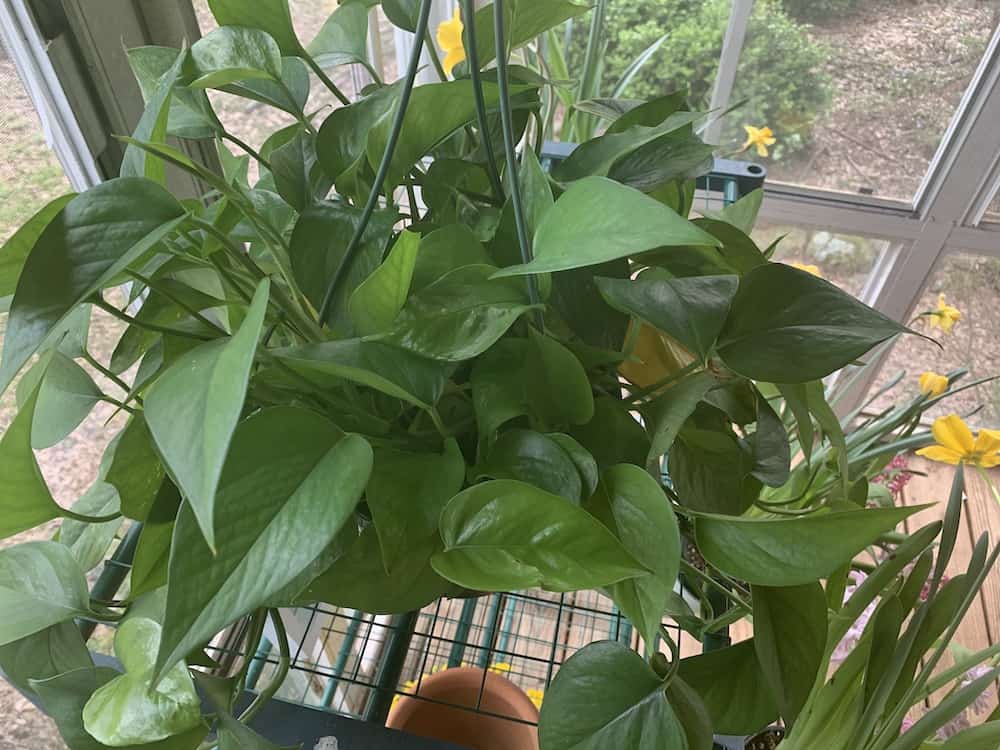
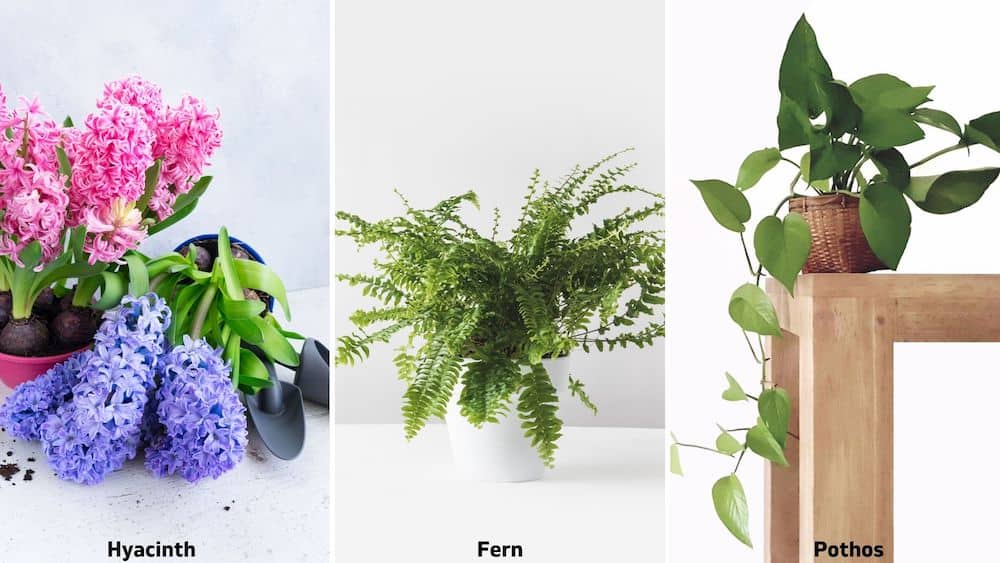
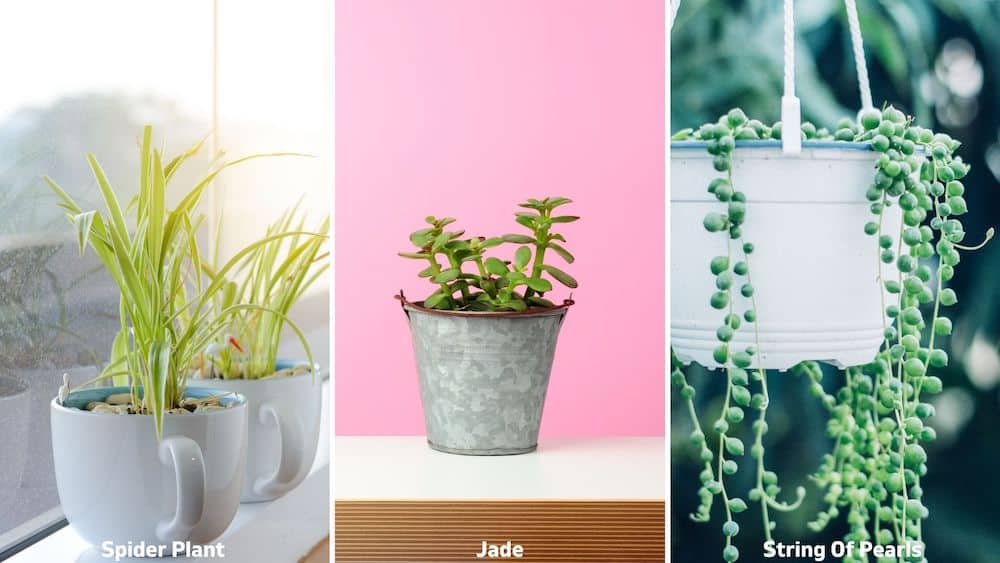
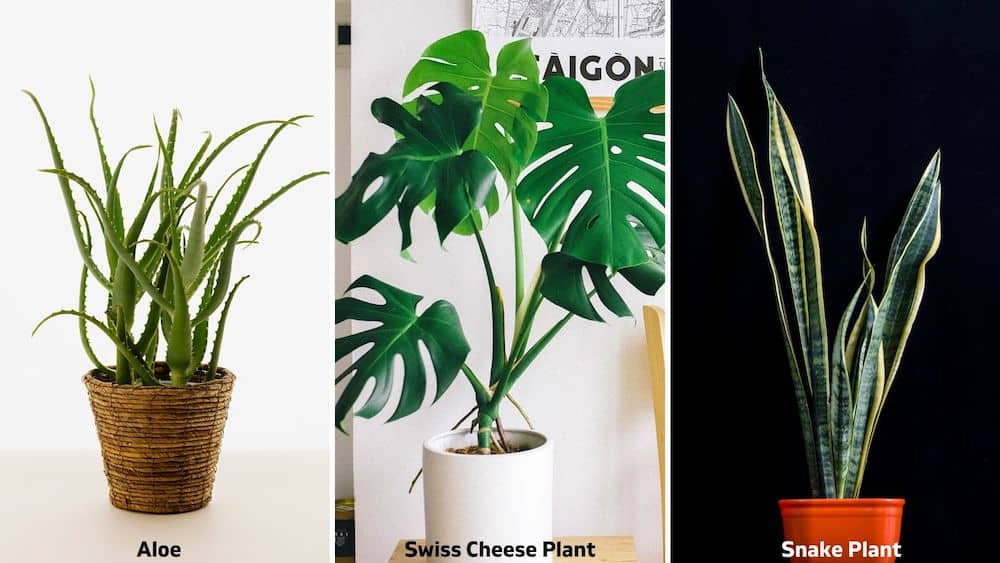
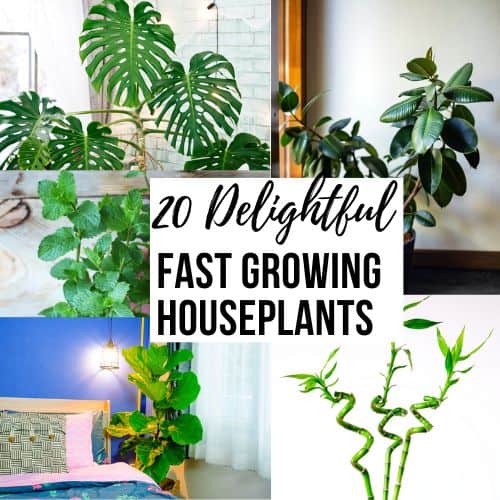
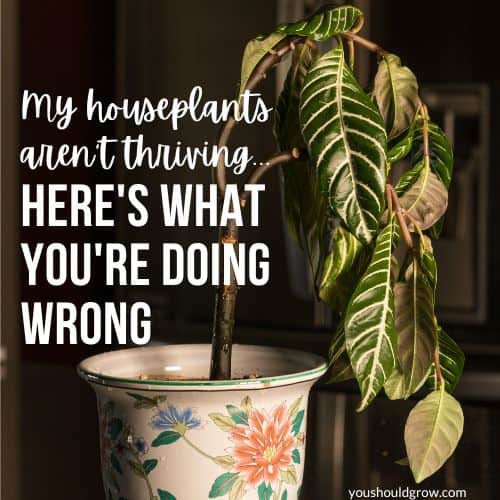
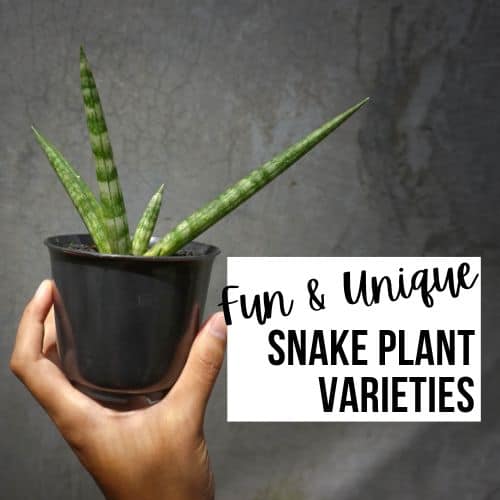

thank you for all your e-mails. there very help full. js.